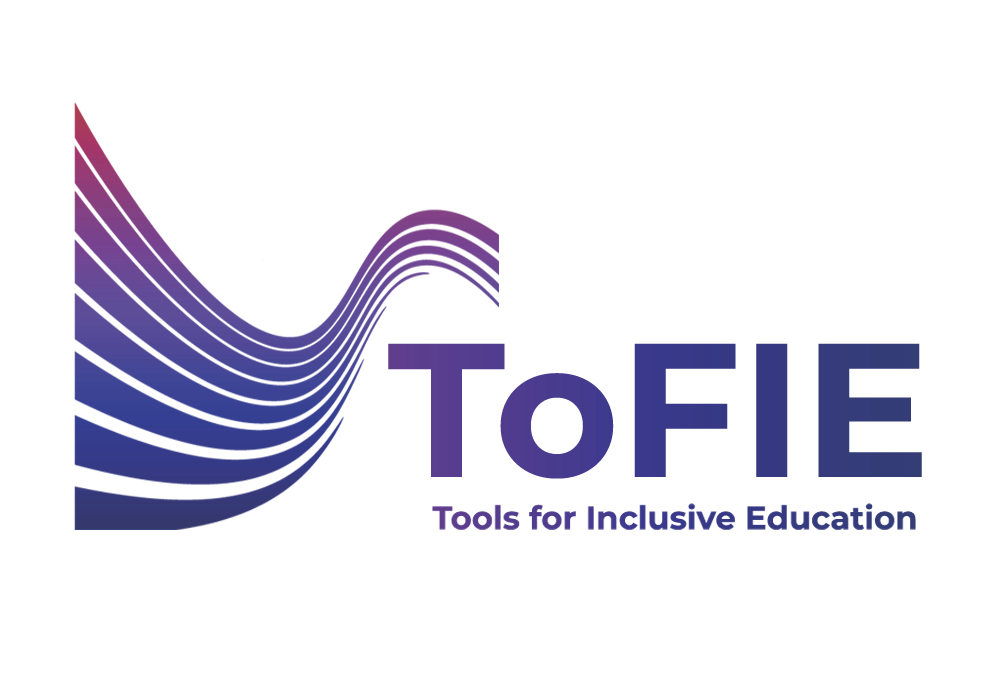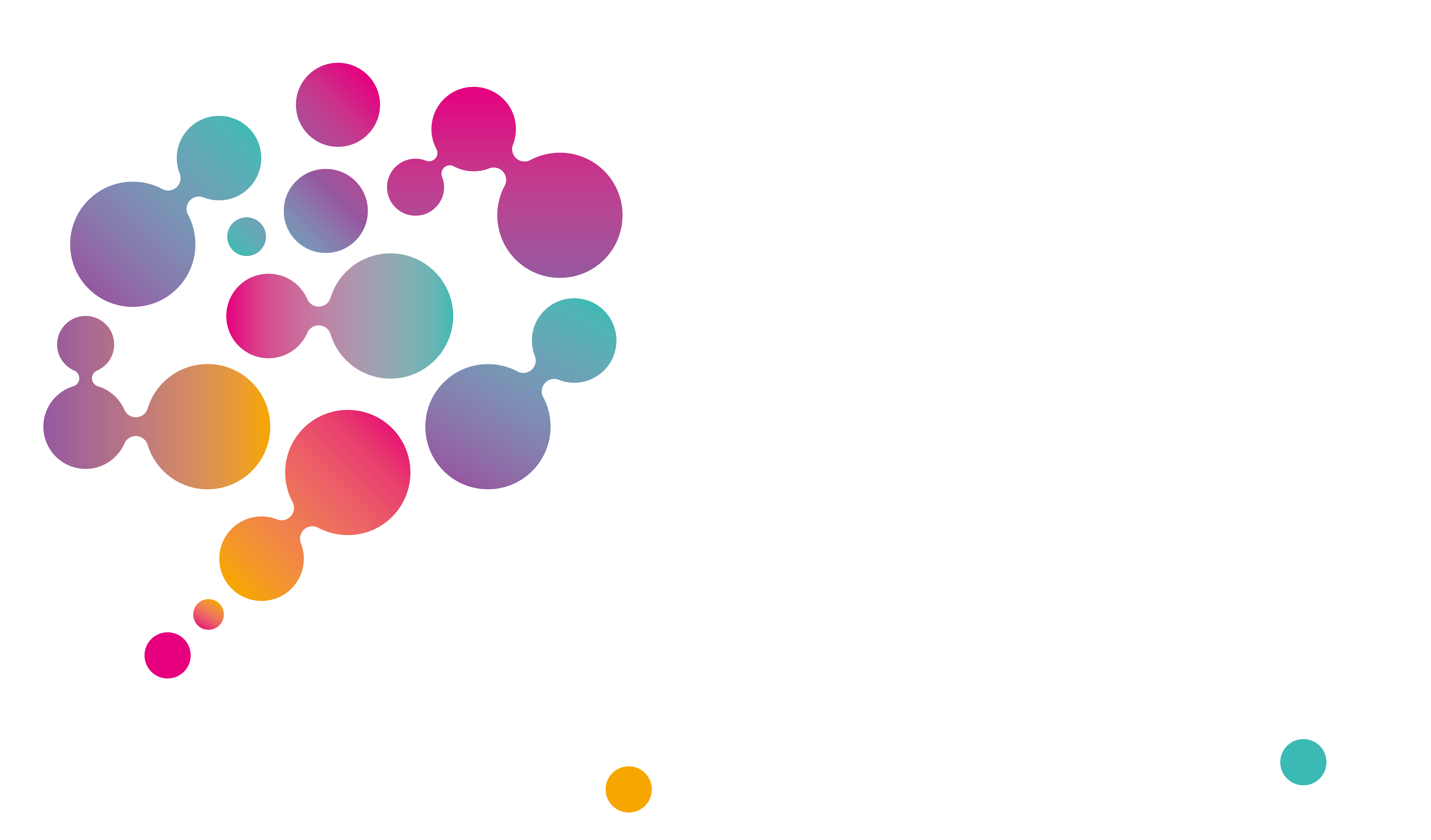According to the Higher Education Statistics Agency (HESA) in the UK, the most common disability reported in higher education is in the sphere of Specific Learning Disorder (SLD), with dyslexia, dyspraxia and dyscalculia being the most common ones. This rise was made possible by the open discussion and increase in accommodation in recent years in the primary and secondary levels allowing students to give continuity to their schooling prospects and pursue higher education.
There has been a rise in non-discriminatory legislation towards learners with SLD, providing academic adjustments. In some contexts, the structure to support learners with SLDs with appropriate accommodations exists in principle, but often, the ultimate approval of these measures belongs to the teachers. Since it remains an invisible handicap, some teachers still believe that students with SLD do not belong in a prestigious academic environment, and some, still express skepticism towards the existence of a condition stating that “the students are only searching for an easy way to obtain the diploma”. This is an old perception that is changing, but it is still a work in progress.
Students that are dealing with SLDs during their whole academic life, may show lack of confidence and self-esteem and it may become a bigger problem in higher education and afterwards in a future professional life. Inclusive practices that can help minimizing the negative effects of the SLD can be key in the students’ success in higher education and professional life in academic in a psychological manner.
Inclusive teaching approaches
Teaching approaches could have great influence on the academic path of students in order to avoid negative effects. A student-centered approach to learning is empowering and engaging. It can allow students to take part in the decision-making process that concerns their education, creating independent and responsible learners. In addition, and most important of all, a student-centered approach enables students to learn at their own pace, which is very important for students with SLDs. Moreover, in this approach the educator is seen as a facilitator and a partner while students focus on projects and assignments. This method can be applied in small classes and it might be impractical for larger classes.
Universal Design for Learning (UDL) is a method that consists in designing education to accommodate all learners based on three principles. The first UDL principle is representation, which means the provision of multiple ways to represent content instead of relaying sole on one type which is often the case of textbooks, it is important to use video and audio representation as well. The second principle is the expression, the way that the student might express themselves is important because in a traditional way it is most frequently focused on a paper exam, but students should also be able to make a presentation for example. The third and last principle the student’s engagement in learning and this principle can be used by adding gamification, experience approach and others. This approach is based on the idea that the educator should create a class profile to understand their weaknesses and strengths. This approach may be beneficial for all students besides those with SLD but it might be hard to apply in large classes, especially for the principles two and three.
It is time to change…
The most common accommodation for students with SLDs is having extra testing time, and this is rarely enough in most current educational systems. Traditional education has already done a lot to improve the inclusion of students with special needs but there is still a huge ground to cover in terms of accessibility and adaptation. For this reason, the project ‘Tools for Inclusive Education’ (ToFIE) is collecting information in partner countries in order to create a comprehensive Handbook of good practices and tools and a Course on Learning Disorders that will support the inclusion and participation of students with learning disorders, with a focus on the eventual special needs of foreign students whose first language is other than the language of instruction.
ToFIE started in October 2020 and will end in November 2022. Are you interested in learning more? Stay tuned!
Sources:
The Inclusion of Students with Dyslexia in Higher Education: A Systematic Review Using Narrative Synthesis, https://www.ncbi.nlm.nih.gov/pmc/articles/PMC4253321/
The UDL Guidelines, https://udlguidelines.cast.org/

Project website : Soon![]() Follow the project on Facebook: @Logopsycom
Follow the project on Facebook: @Logopsycom
#TofIE #erasmusplusproject
Our partners in this project are Laurea University Of Applied Sciences (Finland), Creative Learning Programmes Ltd (United Kingdom), European Education & Learning Institute (Greece), International Consulting And Mobility Agency Sociedad De Responsabilidad Limitada (Spain), Universitatea Din Pitesti (Romania)

